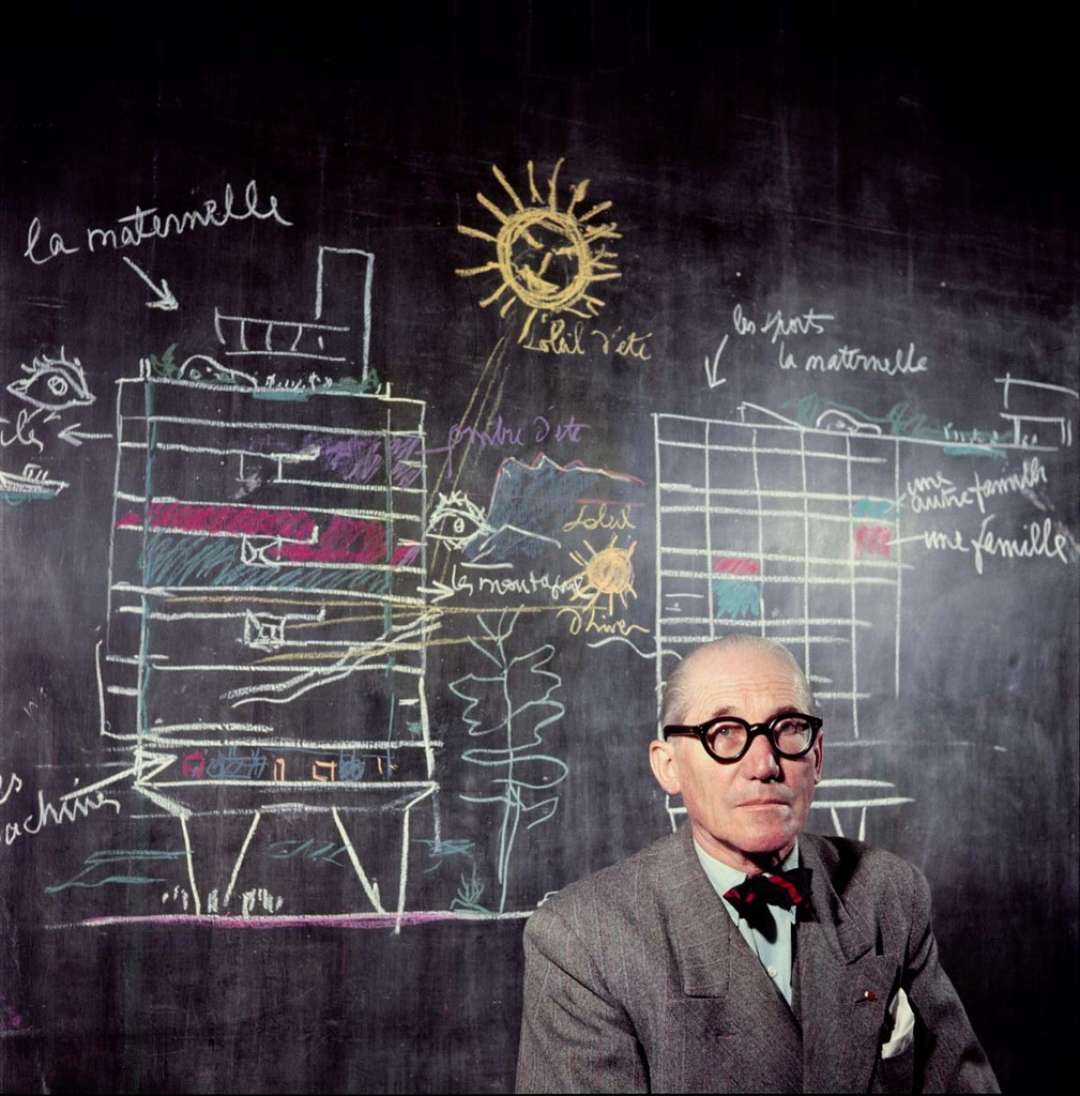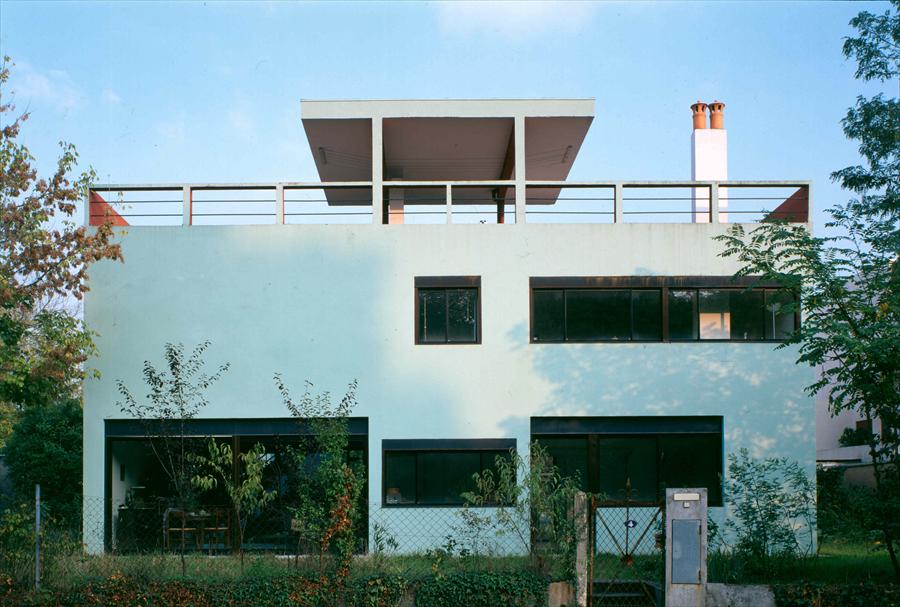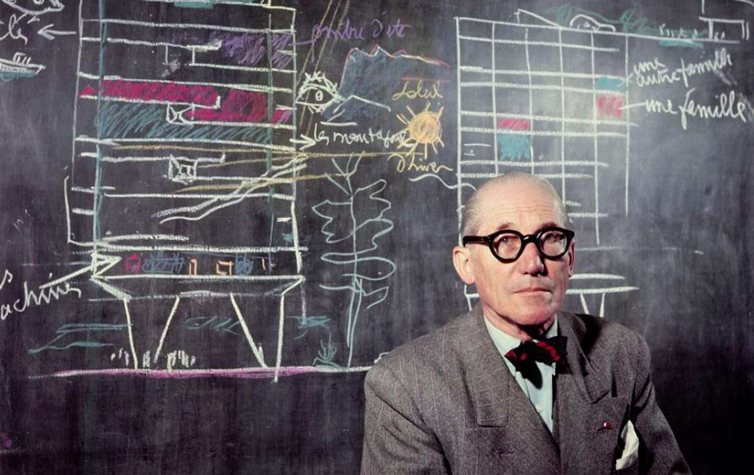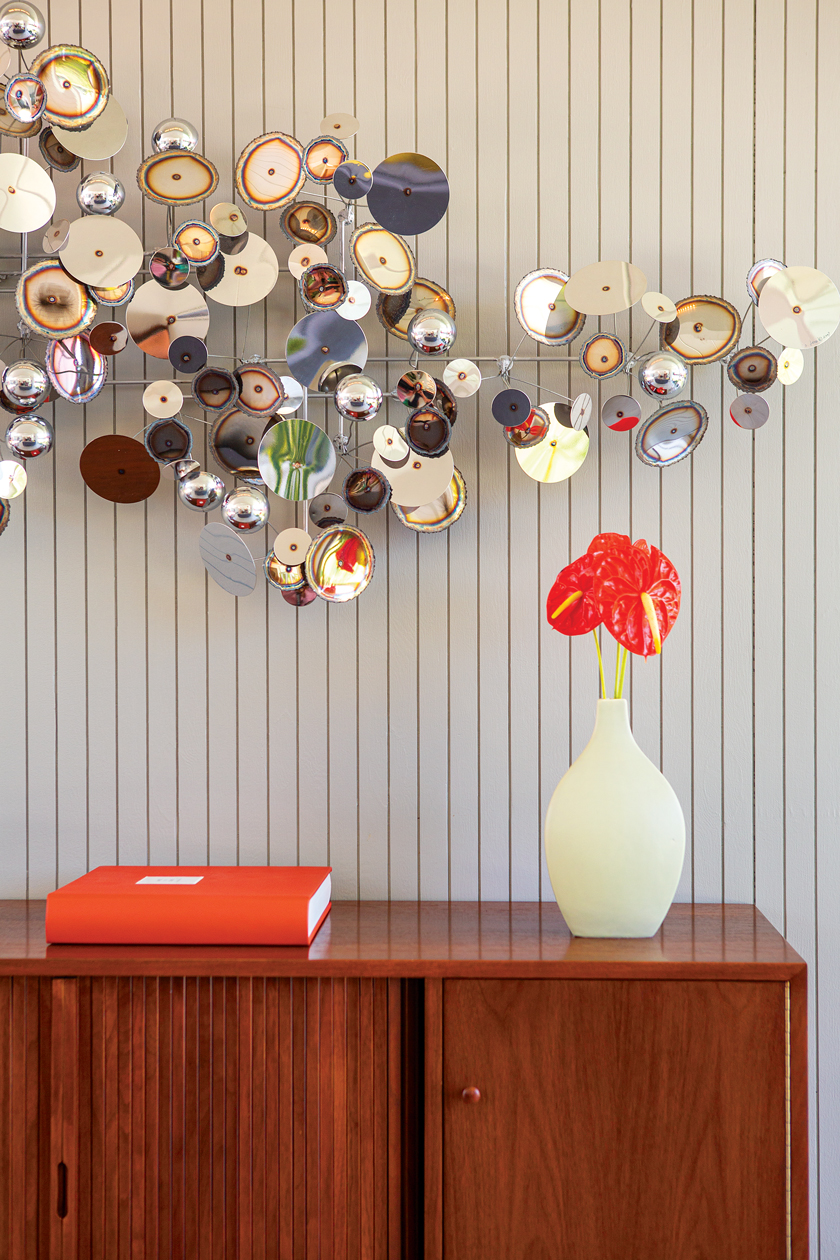
Born Charles-Édouard Jeanneret in 1887 in Switzerland, Le Corbusier spent his early years learning watch face engraving at the École des Arts Décoratifs at La Chaux-de-Fonds. There he picked up drawing and studied Art Nouveau style under Charles L’Eplatteneir, his only teacher besides himself. It was in 1907, at the urging of this early mentor, that Le Corbusier began his journey as an architect when he set out on a four year trip across Europe and the Mediterranean. During these years, he drew inspiration for his work from Greek ruins, 16th century Italian structures, the Charterhouse of Ema at Galluzzo and buildings in the Balkan peninsula.

He returned to La Chaux-de-Fonds in 1917 and taught with L’Eplatteneir while at the same time opening his own architectural practice. Le Corbusier’s construction implemented the modern technique of using reinforced concrete as a structural frame. It was due to this unusual method that Salavador Dali famously called Le Corbusier’s buildings “the ugliest and most unacceptable buildings in the world.”

Yet, during 1925 and 1926, Le Corbusier completed a 70 unit housing development for workers in Pessac, France. The development is an embodiment of Le Corbusier’s housing concept, Maison Citrohan, which was a product of his belief that architecture should be functional and free of unnecessary decoration, with cell-like bedrooms and open living areas. Also in 1925, Le Corbusier held an exhibit at the Exposition des Arts Décoratifs for his first collection of furniture. The furniture Le Corbusier created followed the same design principles as his architecture and remains in production.

Le Corbusier spent the 1930s revising his theories of urbanism, proposing a plan he called the Radiant City which was organized by family size rather than economic standing. Buildings would be constructed from steel, plate glass and reinforced concrete instead of more classical materials and he dreamed of reworking Stockholm using his Radiant City plan. His idea brought controvesey, with opposers concerned that his aesthetic would interfere with the beauty of the city. Despite criticism, he continued developing master plans for cities such as Algiers and Buenos Aires, attempting to leverage his ties with government officials in order to carry out his proposals. Along with his plan for Stockholm, none of his other master plans were ever approved.
Le Corbusier passed away suddenly in 1965 while swimming in Cap Martin, France.












